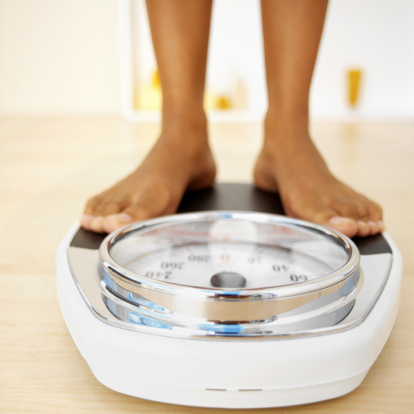13 Power Foods That Help Detox the Body
13 Power Foods That Help Detox the Body
Springtime is usually the most popular time for people to consider and make the decision to do a detox program. Most of these brave and committed soldiers are forced to choose between dozens of media popularized detoxes, most of which are expensive, abusive to the colon or too low in calories.
Beneficial detoxes should help the body eliminate and neutralizing toxins from the liver, gallbladder, kidneys, lungs, lymphatic system and skin, and also help to rebuild damaged tissues through the detoxification process (done only by replenishing the body of phytochemicals, macronutrients and the right amount of calories).
Because there are so many programs out there, and picking the exact detox program right for your own body and life situation can be overwhelming.
Below is a list of top detoxing foods that will help in the day to day elimination of accumulated body toxins.
1. Beets
✵ High in B3, B6 and C vitamins. Rich in beta-carotene.
✵ Known for being abundant in iron, magnesium, zinc and calcium— which aid in successful detoxification and elimination processes in the body.
✵ Supports good gallbladder and liver functioning (organs that are important for breaking down and removing toxins).
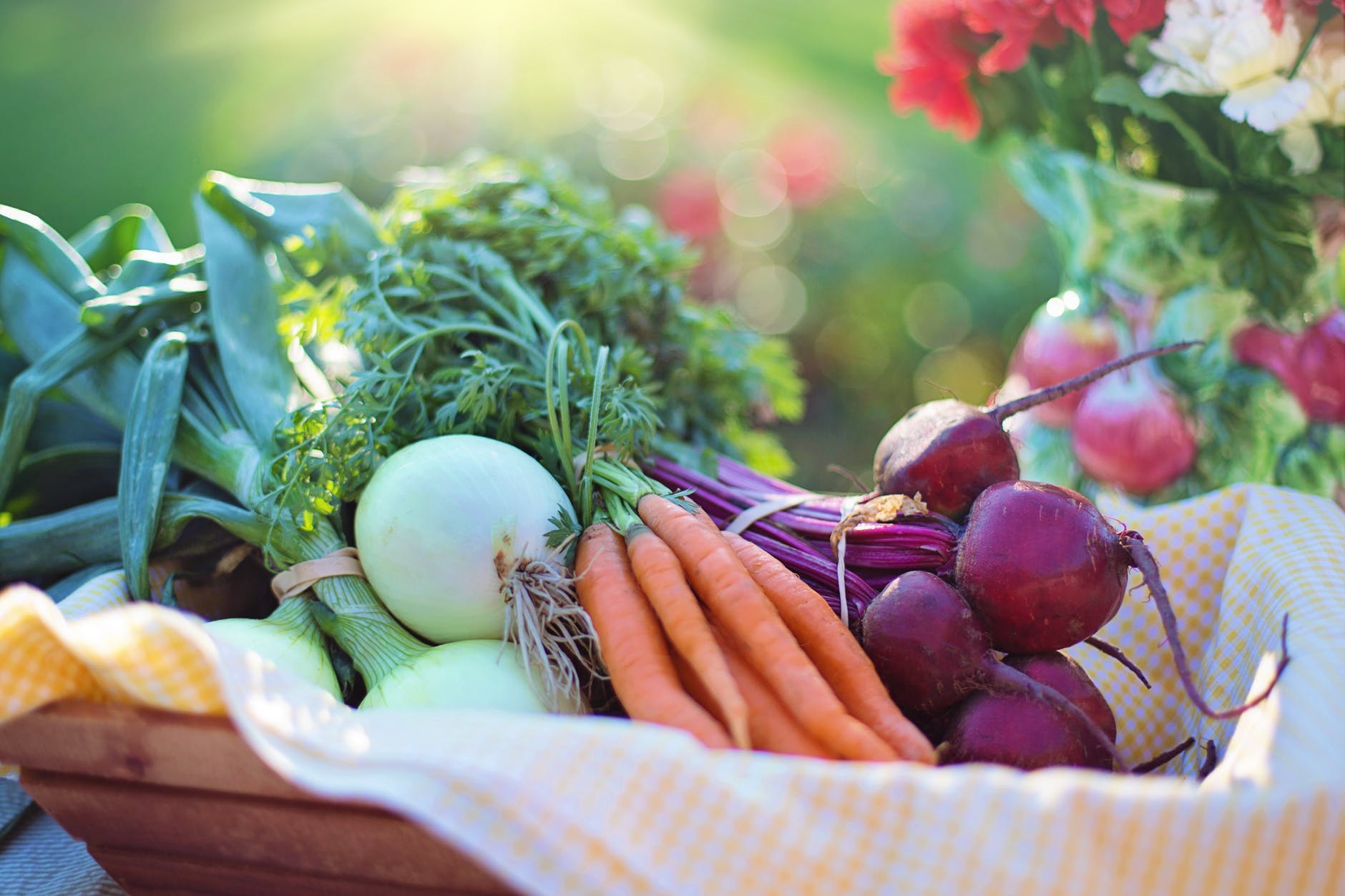
✵ High in fiber and improves digestion while eliminates bodily waste.
2. Lemons
✵Super alkaline-forming and high in vitamin C.
✵Stimulates the release of enzymes and helps convert toxins into a water-soluble form that can be easily excreted from the body.
✵Drinking warm lemon water, first thing in the morning on an empty stomach help to balance out the acidity of foods previously consumed.
3. Grounded Flaxseeds
✵Great source of fiber that helps to bind and flush toxins from the intestinal tract.
✵Great source of omega-3 essential fatty acids.
4. Garlic
✵Wards against vampires.
✵Powerful antiviral, antiseptic and antibiotic.
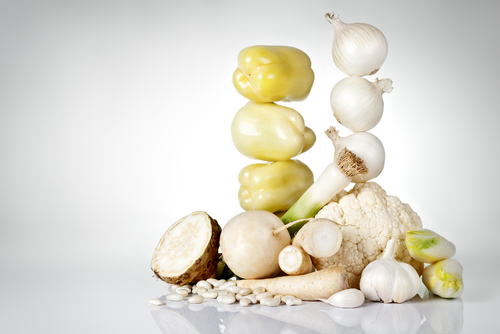
✵Kills pathogenic microbes and can reduce endogenous toxins (poisons made by the body).
5. Turmeric
✵Every kitchen should have this super herb, turmeric, stocked.
✵Curcumin is the active ingredient in the spice turmeric, which gives it its yellow color.
✵The rate at which your detox pathways function depends on your genes, your age, lifestyle and a good supply of nutrients involved in the detox process.
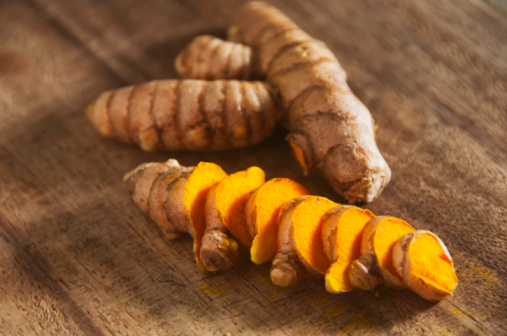
✵Curcumin is used a lot in Ayurvedic Medicine to treat liver and digestive disorders.
6. Basil or Sabja Seeds
✵Aids in digestion
✵Antispasmotic, and is used in treating colds and the flu.

✵Due to its carminative effects, it is effective for treating digestive disorders such as stomach cramps, flatulence, constipation, irregular bowel movements and indigestion.
7. Sea Vegetables
✵Seaweeds and sea kelp are power house antioxidants that help to alkalize the blood and strengthen the digestive tract.
✵The algin in seaweeds absorb toxins from the digestive tract.
✵Perhaps one of the healthiest foods on the planet, blue green algae and sea vegetables offer the broadest range of minerals of any food, containing virtually all the minerals found in the ocean -- the same minerals that are found in human blood.
✵Eat sea vegetables daily.

8. Alfalfa and Broccoli Sprouts
✵Highly alkaline forming in the body.
✵Sprouts are part of the powerhouse brassica family of vegetables.
✵The broccoli sprouts, in particular, when chewed, release substances that break into sulphorophanes, indole-3-carbinol and D-glucarate, which all have a specific effect on detoxification.

✵Broccoli sprouts can actually provide more benefit than regular broccoli as they contain 20 times more sulfurophane.
9. Artichokes and Asparagus
✵Both superfoods have been shown to increase bile production and purify as well as protect the liver.
✵They also have a mild diuretic effect on the kidneys, ensuring proper removal of toxins once the liver breaks them down.

10. Cabbage and Kale
✵"Numerous anti-cancer and antioxidant compounds and helps the liver break down excess hormones.
✵Deep cleans digestive tract and soothes the stomach, which could in part be due to its antibacterial and antiviral properties.
✵Cruciferous vegetables like cabbage and kale demonstrate powerful detoxification activity, including neutralizing some of the damaging compounds found in cigarette smoke (and second-hand smoke).
✵They also contain a compound that helps the liver produce adequate amounts of enzymes for detoxification. (LiveStrong.com)"
 11. Avocados
11. Avocados
✵Eat one of these alkaline fruits a day.
✵Lowers cholesterol and dilates blood vessels while blocking artery-destroying toxicity.
✵Contains a nutrient called glutathione, which blocks at least 30 different carcinogens while helping the liver detoxify synthetic chemicals.

✵Researchers at the University of Michigan found that elderly people who had high levels of glutathione were healthier and less likely to suffer from arthritis.
12. Arugula
✵A culinary staple in Mediterranean cooking, arugula is a type of cruciferous vegetable (like broccoli, kale, and watercress)
✵Contains a number of compounds that aid in detoxification, such as sulforaphane and indole-3-carbinol.
✵Packed with vitamins and minerals such as vitamin K, vitamin C, magnesium and folate and the phytochemicals lutein and zeaxanthin, which may protect against age-related macular degeneration and cataracts.
13. Celery and Parsley
✵Celery has phytochemicals called phthalides, which are responsible for relaxing the muscle tissue in artery walls and increasing blood flow.
✵Celery is a powerful liver detoxing food and cleaner of the small and large intestinal walls.
✵Parsley contains vitamin C, chlorophyll, beta-carotene, vitamin K and folate, which are all needed by the body for detox.
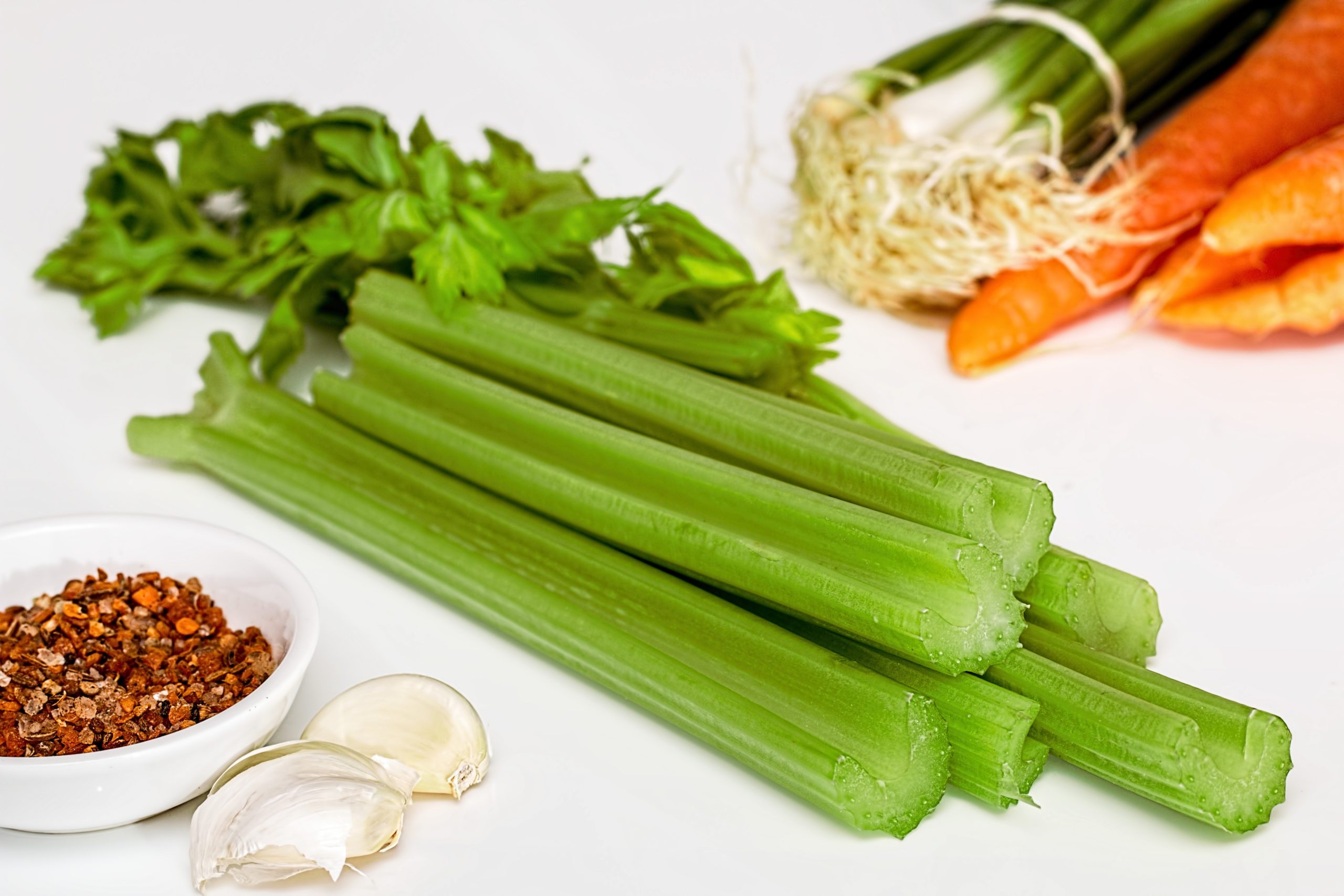
✵Raises glutathione levels and may guard against liver dysfunction due to insulin resistance.
Drinking properly structured clean, filtered, alkaline water, moving the body through exercise and daily distressing is also important to a detox program.
For more information on detoxing, please stay tuned for more articles. Have a strong and healthy day!



